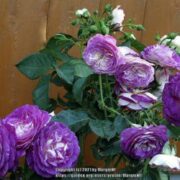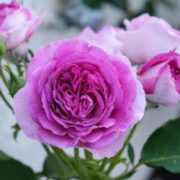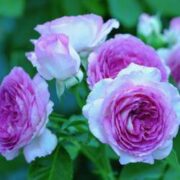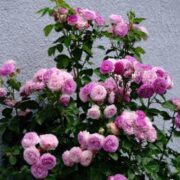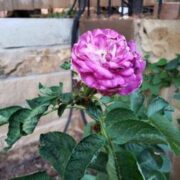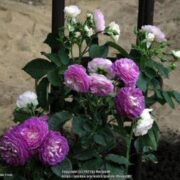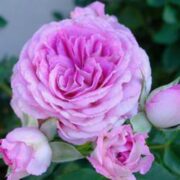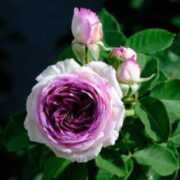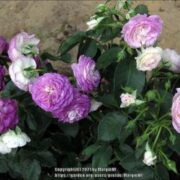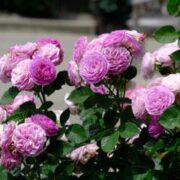The Rose ‘Lavender Crush’ doesn’t have a single native region in the traditional sense, as it’s a hybrid cultivar. That means it was created by intentionally crossing different rose species to combine desirable traits.
Therefore, its ancestry is drawn from various rose species that originated in different parts of the world, primarily:
* **Asia:** Many rose species originate in Asia, and their genes are likely present in modern hybrids.
* **Europe:** Some European rose species also contribute to the genetic makeup of many modern roses.
The specific breeder and the parentage of ‘Lavender Crush’ are not widely available, making it difficult to pinpoint the exact geographical origins of its genetic material. However, **it is safe to say that the Rose ‘Lavender Crush’ has a mixed heritage drawn from Asia and Europe, and was most likely developed in a Western rose-breeding program**. The exact development location could be anywhere with a strong rose breeding industry like the USA, Europe, or New Zealand.


